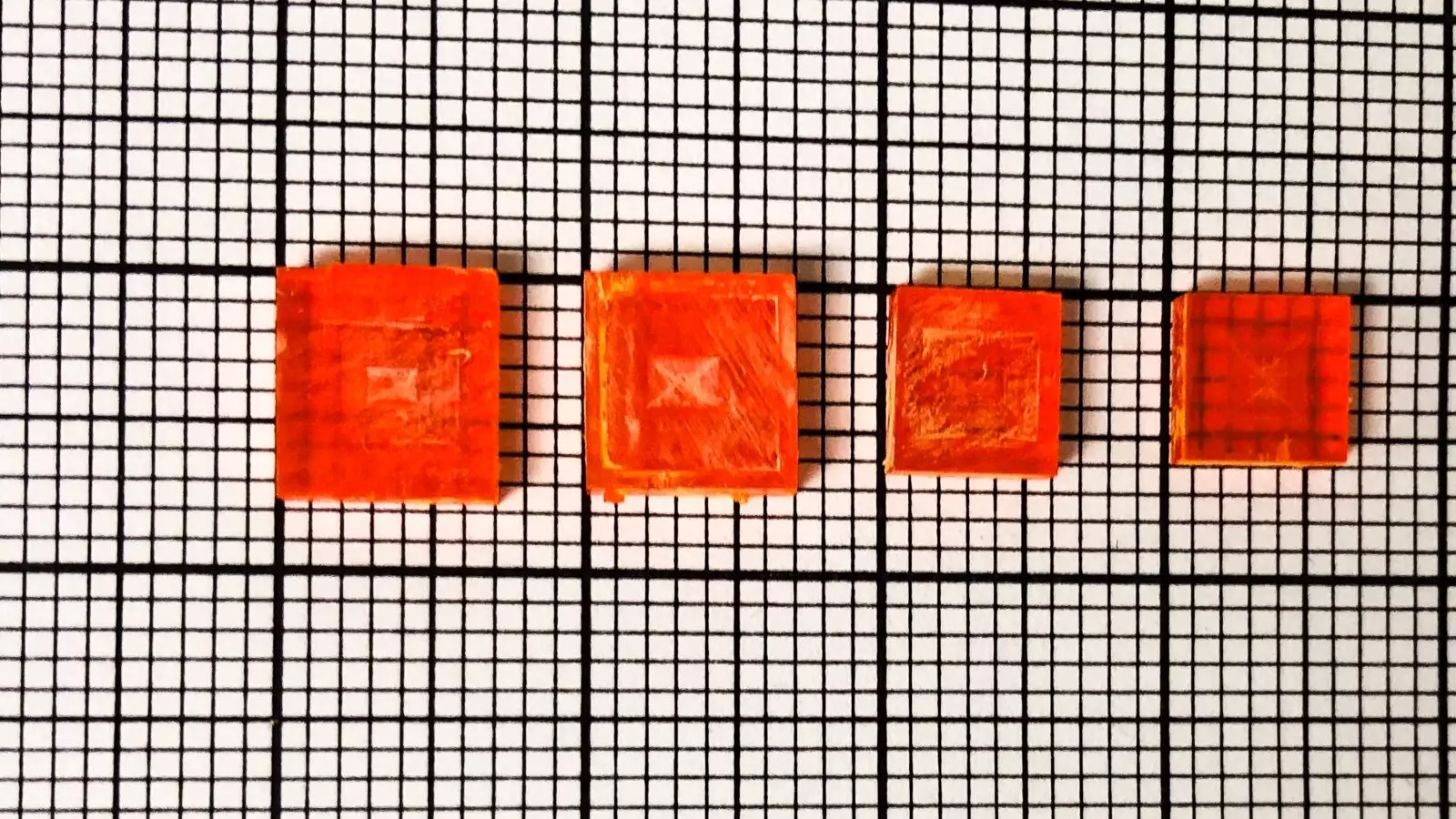X-ray technology has revolutionized the fields of medicine and scientific research by providing non-invasive medical imaging and insights into the properties of materials. In recent years, there have been significant advancements in X-ray technology, allowing for the generation of brighter and more intense beams. These advancements have made it possible to image increasingly intricate systems, such as the internal workings of operating batteries. To support these advancements, scientists have been working tirelessly to develop X-ray detector materials capable of withstanding high-energy X-rays from large synchrotrons while maintaining sensitivity and cost-effectiveness.
A team of scientists at the U.S. Department of Energy’s Argonne National Laboratory, in collaboration with colleagues, has recently achieved exceptional performance in a new X-ray detector material for detecting high-energy X-ray scattering patterns. This material has displayed excellent endurance under ultra-high X-ray flux, making it highly promising for synchrotron-based X-ray research. The material in question is cesium bromide perovskite crystals, which possess simple structures with highly tunable properties suitable for a wide range of applications.
Cesium bromide perovskite crystals were grown using two different methods. The first method involved melting and cooling the material to induce crystal formation, and it was conducted in the laboratory of Duck Young Chung from Argonne’s Materials Science division. The second method, a solution-based approach, allowed for the growth of crystals at room temperature and was carried out at Northwestern University in the laboratory of Mercouri Kanatzidis. Both methods yielded remarkable results that surpassed expectations.
Unmatched Detection Capabilities
The crystals grown using both methods showcased exceptional detection capabilities and demonstrated resilience in the face of high X-ray fluxes. These crystals were able to withstand extremely high levels of X-ray exposure without any issues. Not only can this detector material detect small changes with great precision, but it also offers greater insight into the characteristics of real materials under real conditions. Furthermore, this material’s relatively high density compared to conventional detector materials, such as silicon, enhances its electrical properties, resulting in improved efficiency and sensitivity.
High-energy X-rays have opened up new avenues of research, allowing scientists to observe dynamic systems in real-time. These systems can range from biological processes occurring within cells to chemical reactions taking place inside engines. Thanks to the new detector material’s ability to detect even the most subtle changes during experiments, researchers can now obtain valuable insights into the intricate and rapid activities of materials. This capability expedites research efforts and enables more detailed studies.
The Advanced Photon Source (APS) at Argonne National Laboratory is currently undergoing a major upgrade that will significantly increase the brightness of its beamlines. Consequently, high-quality detector materials like cesium bromide perovskite crystals will become even more critical for researchers. The ability to grow crystals of exceptional quality, such as those achieved by the team at Argonne, is a testament to the unique capabilities and expertise available at the laboratory. Moving forward, the research team’s focus will be on scaling up production and optimizing crystal quality. The material shows promise for additional applications, including its potential use in detecting gamma rays at extremely high energies with support from the DOE National Nuclear Security Administration.
The development of better X-ray detector materials is essential to support the advancements being made in X-ray technology. The exceptional performance of cesium bromide perovskite crystals demonstrates their potential to revolutionize synchrotron-based X-ray research. These crystals offer exceptional sensitivity, endurance, and cost-effectiveness, making them highly attractive to scientists. The ability to detect small changes and observe rapid activities in materials opens up a world of possibilities for researchers across various fields. As the APS undergoes its upgrade, the demand for superior detector materials will only continue to grow. With further research and optimization, cesium bromide perovskite crystals may become the go-to detector material for high-energy X-ray experiments, paving the way for groundbreaking discoveries in medicine and scientific research.


Leave a Reply